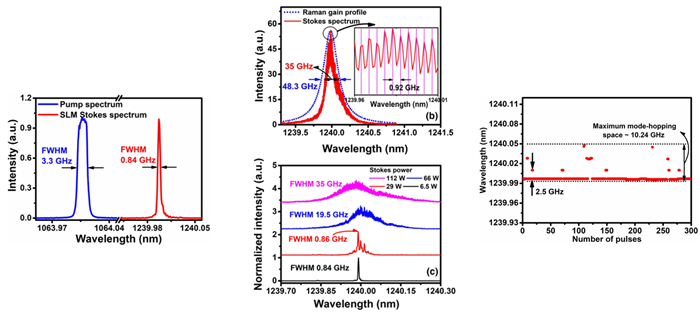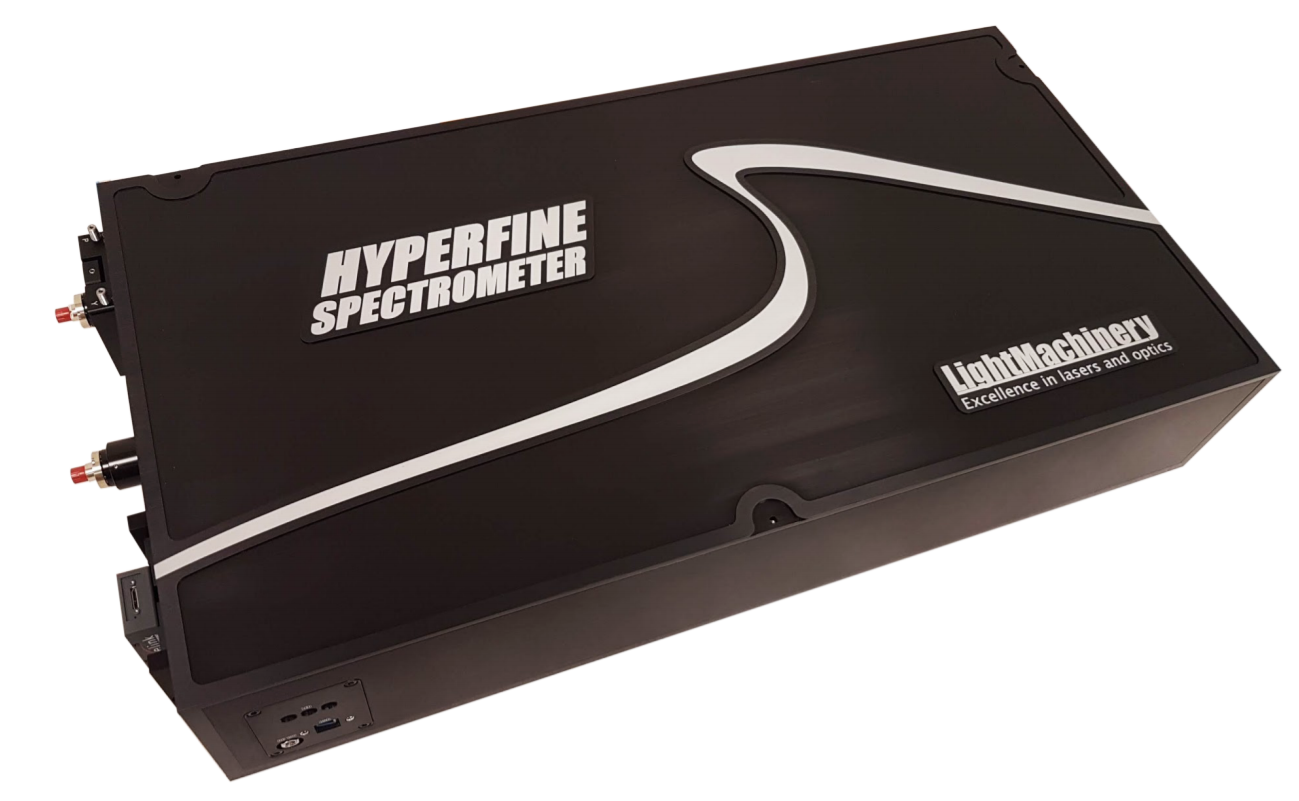One of the most common applications where the Hyperfine spectrometers shine is high-resolution laser characterization. Many of our customers are academic or industrial laboratories developing and manufacturing lasers, pulsed or CW. They must be precisely characterized all the way down to the picometer level, sometimes on a shot-to-shot basis and over tens of nanometers. These extremely challenging requirements are a perfect match for the Hyperfine family, including in NIR and SWIR ranges. It has a lower cost, smaller footprint, and larger range-over-resolution ratio than high-end grating spectrometers, which do not reach the required resolution. Moreover, its single-shot operation and high-speed capabilities make it ideal for analyzing pulsed sources or fast phenomena, which would not be possible with scanning instruments. For these reasons, the group of Prof. Mildren made use of a NIR HN and a SWIR UOSA spectrometer to study and demonstrate the performance of the single-frequency diamond Raman laser that they have developed3. The authors explain that “This type of [etalon-based] spectrometer allows the capture of high-resolution spectra at wavelengths, gating times and frame rates determined by the capabilities of the CCD (…). In the experiment, the spectrometer was gated for 25 ms and with a rate of 60 fps to enable the capture of single consecutive pulses.4” The sub-GHz resolution of the spectrometers enabled them to determine the FWHM of the pump laser, resolve the individual modes of the Stokes spectrum (despite having a 0.92 GHz mode spacing), and characterize mode hopping over hundreds of consecutive pulses. Recently, the research team also used the spectrometers for another study in which they demonstrate a new diamond sodium guide star laser5.

Figures obtained from [4]. Left: Pump and Stokes (SLM operation) spectra measured with the Hyperfine spectrometer. Middle: Stokes spectrum at various pump powers. The top right inset shows the resolved cavity modes, measurable thanks to the sub-GHz resolution. Right: Precise mode-hopping characterization over 300 consecutive pulses with a repetition rate of 60 Hz.
[4] Yang, Xuezong, et al. "Single-frequency 620 nm diamond laser at high power, stabilized via harmonic self-suppression and spatial-hole-burning-free gain." Optics letters 44.4 (2019): 839-842.
[5] Yang, Xuezong, et al. "Diamond sodium guide star laser." Optics letters 45.7 (2020): 1898-1901






